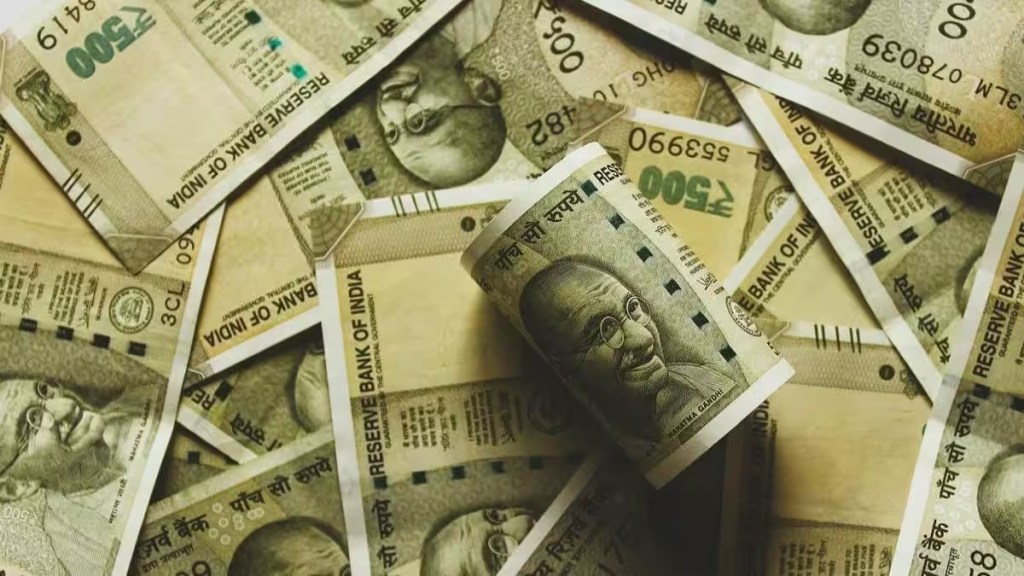The Telugu Desam Party’s (TDP) return to power in Andhra Pradesh, riding on populist sops, could further strain the southern state’s finances, which is one of the most fiscally stressed among large states along with Bihar.
The Janata Dal (United)-led government in Bihar, in which Bharatiya Janata Party (BJP) is also a partner, has been facing a fiscally challenging time due to weak revenue streams, making it too much dependent on central transfers.
With TDP and JD(U) emerging as key coalition partners in the National Democratic Alliance (NDA) government at the Centre to be led by BJP’s Narendra Modi for the third time, both are looking for financial assistance from the Centre to soar their resources to wriggle out of their financial difficulties.
Among the large states, Andhra Pradesh and Bihar have exceeded both debt and fiscal deficit targets set by the 15th Finance Commission.
Andhra Pradesh is one of the large states with debt-GSDP over 30% (at 33.5% in FY24) compared to the prudential level of 20% set by an expert panel. Additionally, the southern state’s outstanding guarantees/GDP is at 9%.
The guarantees, which are given by the state to its firms to raise funds for government programmes, are negative on the state’s credit profile and fiscally not prudent.
The state’s fiscal balances could go for a toss in the near term if it has to implement in toto promises made by TDP in the election to provide several freebies to such as three free gas cylinders per year to households; `20,000 investment support for farmers per annum; 2 million jobs to the youth and an unemployment allowance of `3,000 per month, among others.
While AP’s fiscal deficit was at 4.2% as per the revised estimate for FY24 against the prescribed limit of 3.5%, Bihar continued to have a bloated fiscal deficit at 8.9% of GSDP for the year.
Bihar is one of the large states with a very high dependence on central transfers for its budget. While Andhra Pradesh’s own tax revenue constitutes 76% of its total tax revenues, including central tax transfers, Bihar’s own taxes account for just 30%.
As a result, Bihar has continued heavy market borrowing to meet its expenditure commitments and service loans. The state’s debt to GSDP was estimated to be 37% in FY24, making it one of the highest indebted states.
On the heels of the Centre cracking the whip on states resorting to off-budget liabilities to fund their schemes, a Reserve Bank of India working group on state government guarantees has recently recommended a slew of measures, including a ceiling on their annual incremental guarantees, charging minimum fees and disclosing such liabilities upfront.
Among the two states, Andhra Pradesh with Rs 2,19,881 in per capita net state domestic product at current prices in FY23 was way above Bihar’s Rs 54,111 as the eastern state has fallen behind in industrialisation.

